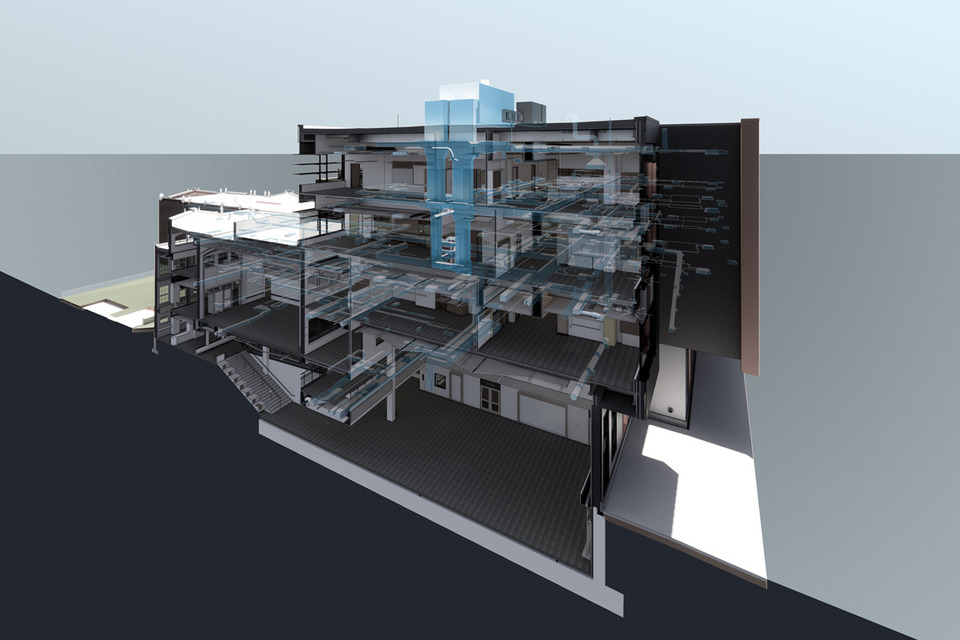A student center serves as the heart of the campus. It is reflective of a university’s culture, and is a place for students to go day and night.
What is a student center?
A student center performs many functions. It is a place for fellowship and belonging, as well as a place to escape to. It is a place for both fun and study, for loud and quiet. This flexibility makes it a unique space on campus. Nowhere else can students of all interests and backgrounds come together at any time to forge meaningful connections.
A student center is…
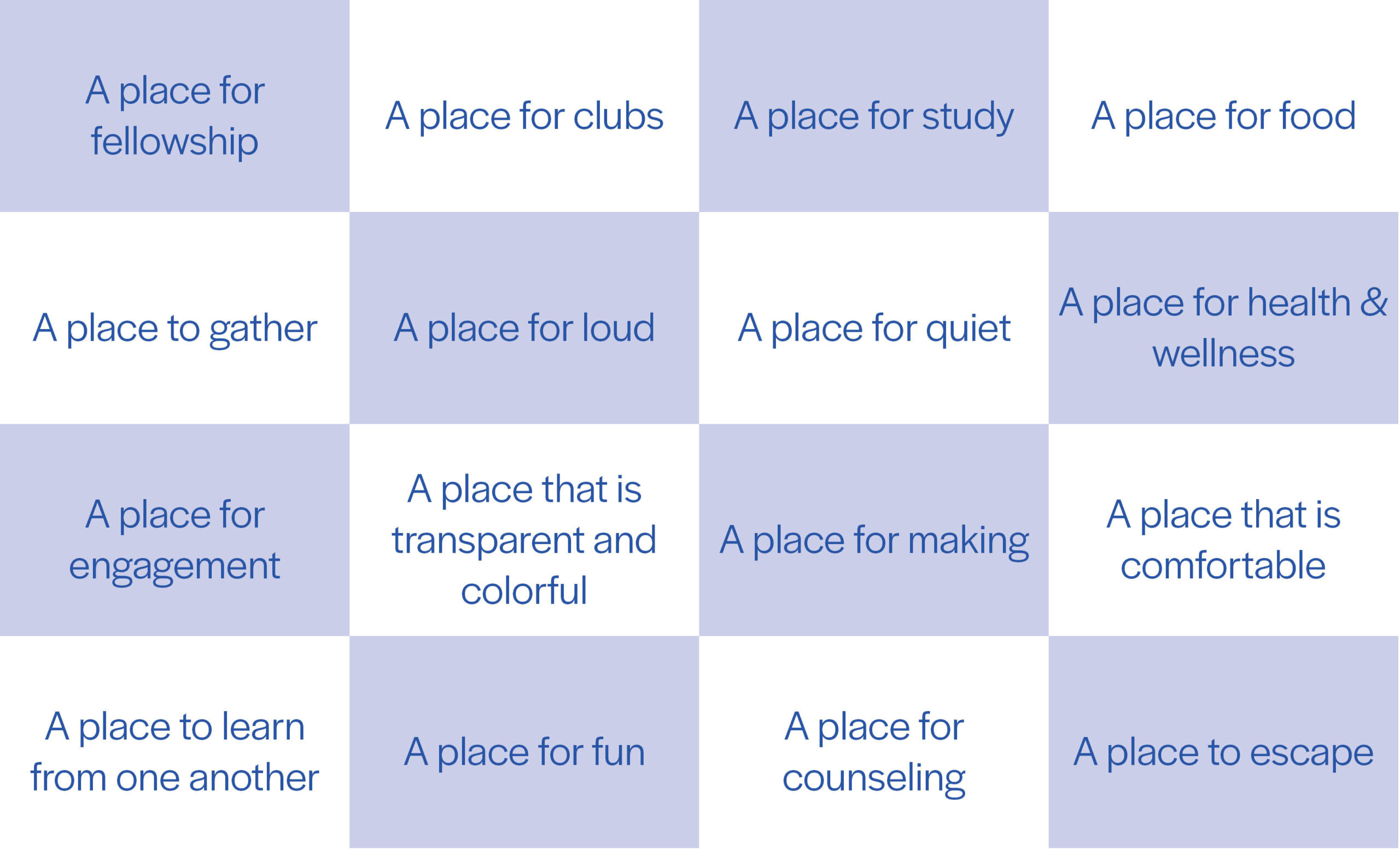
SMMA submitted a design concept for the expansion of a New England college’s Student Center.
Our design weaved together student life, athletics, and recreational sports—housed in three separate buildings—into a cohesive whole.
The college’s core campus divided neatly between the formal “front yard”, defined by the institution's most historic and significant buildings, and the “back yard” of playing fields, with residential halls and social and athletic facilities in between.
The design team proposed relocating the campus entry drive. This would feature and celebrate the arrival to the heart of the campus through the prominent “display” of one of its more historic residence halls, across the full extent of the central courtyard.
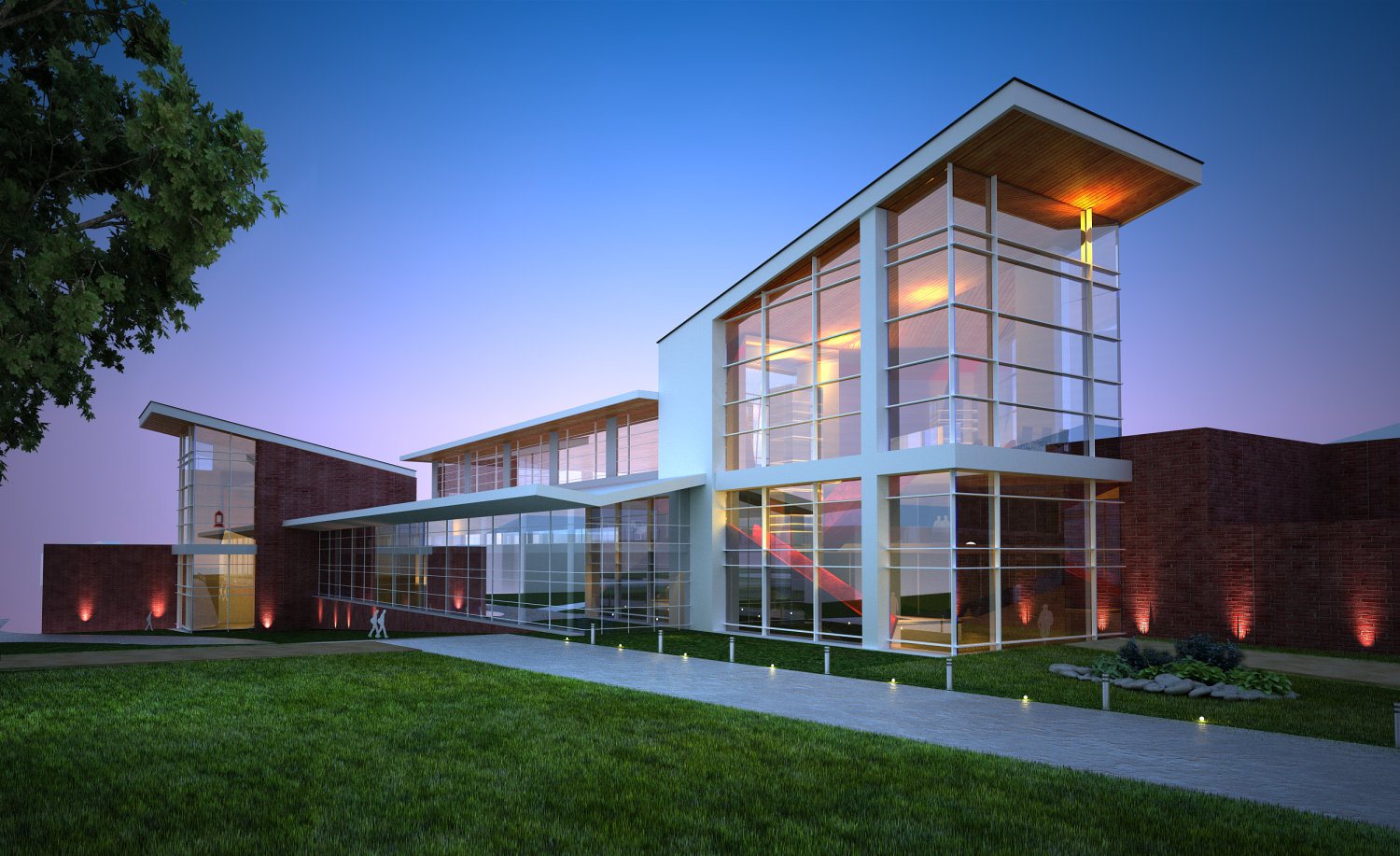
In this revised context of views—both “of” and “from”—the north and south elevations of the expanded Student Center complex offered an opportunity for enhanced connections linking student experiences, exterior spaces, and the architectural built form. Our initial concept explored this “front/back” dialogue in responding to the institution’s preliminary study sketch.
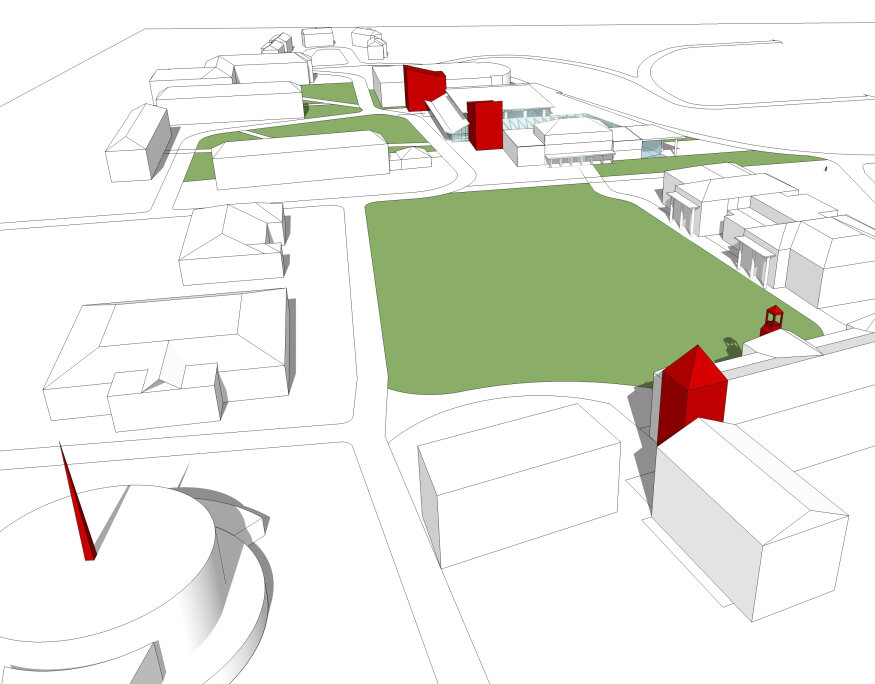
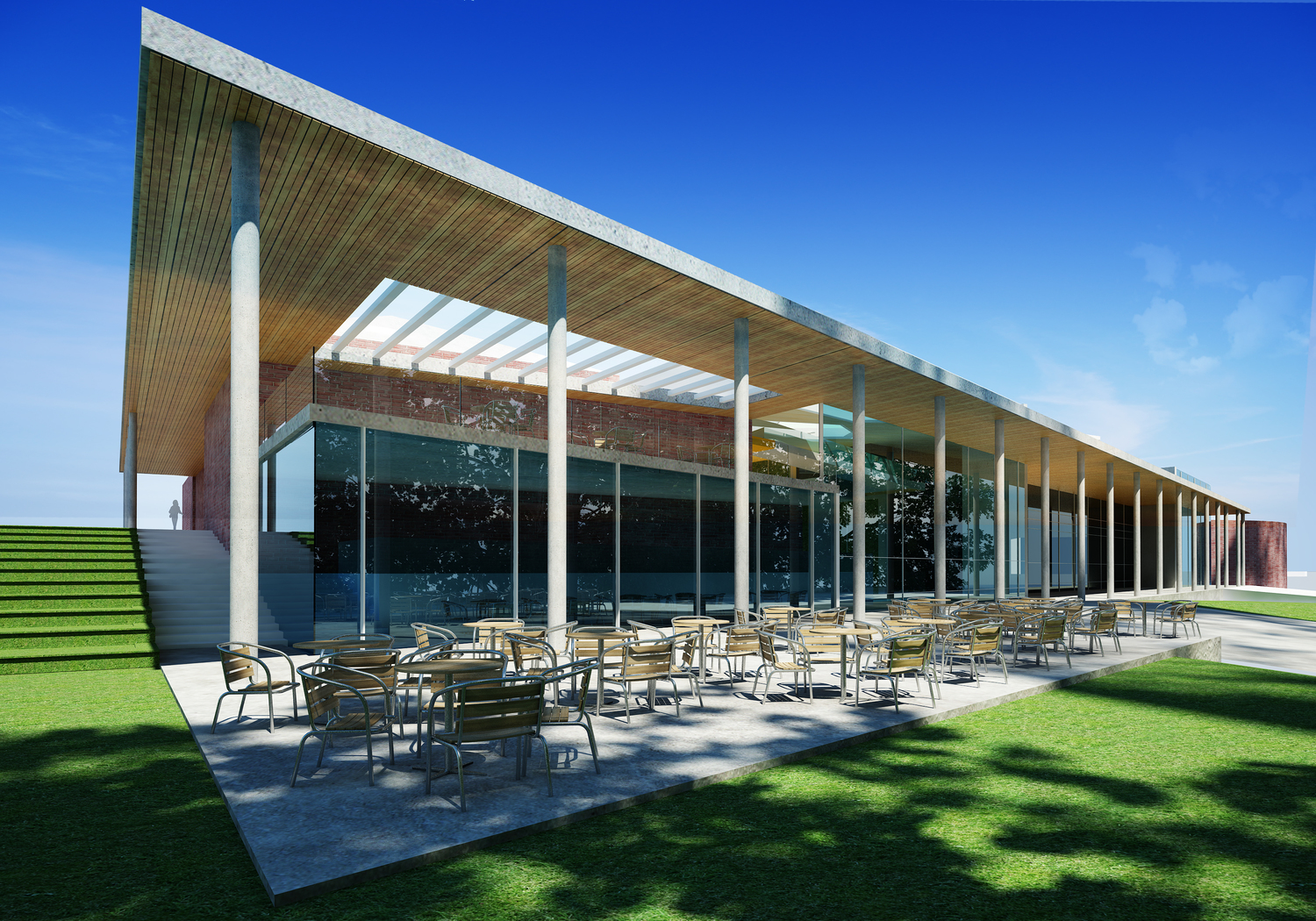
A Campus “Living Room”
Our concept was to strengthen the experiential and symbolic relationships between these two large courtyards—inspired by the tower, spire, and cupola forms of the historic courtyard—by creating similar vertical landmarks as the new entrances to the re-imagined Student Center, the College’s “Living Room”.
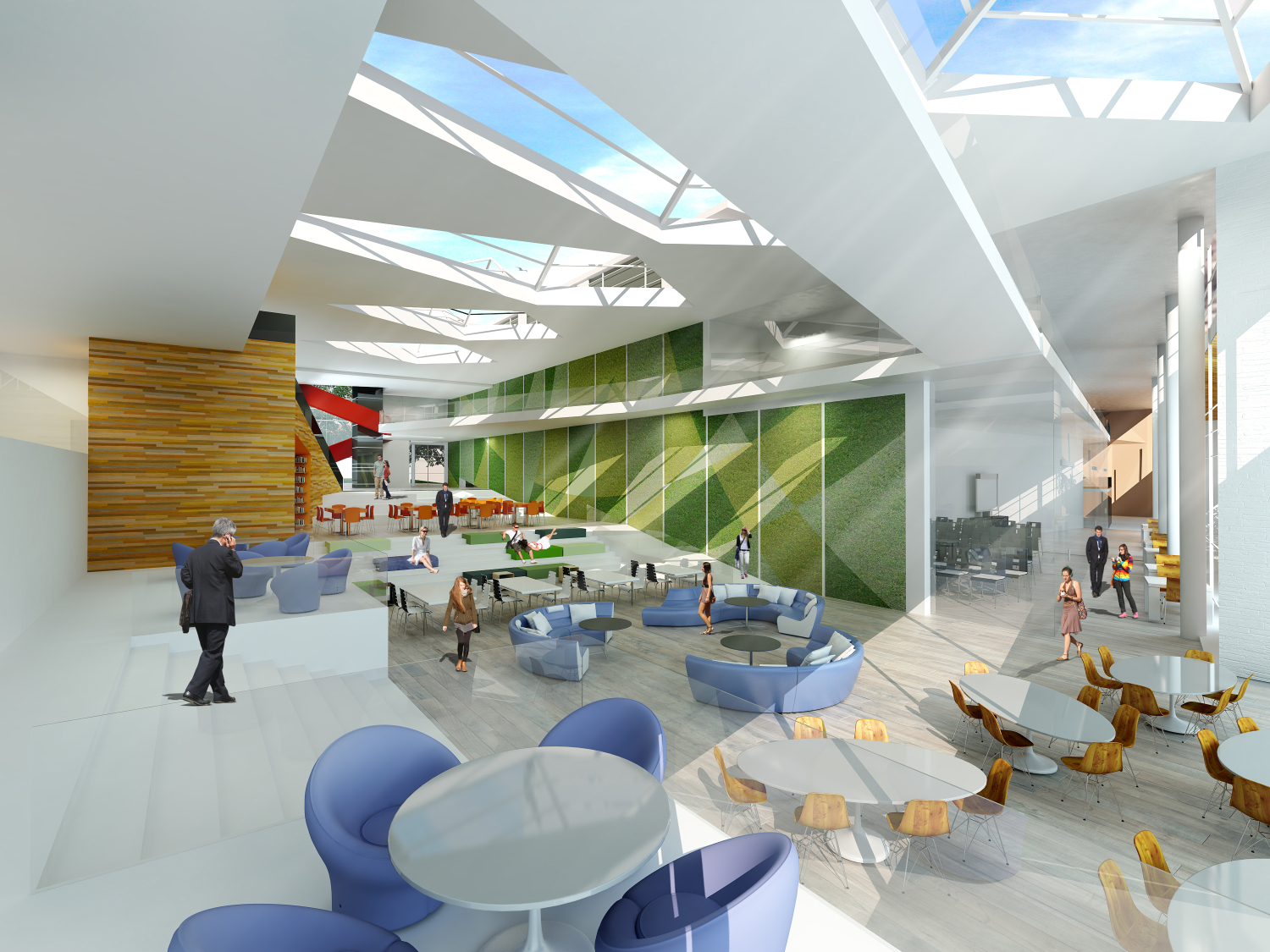
Collaboration and exploration
Our design for the new Student Center is indicative of the holistic approach we take to all such projects. This begins with a careful “reading” of the campus, its natural and built forms, and its spaces and patterns of movement.
